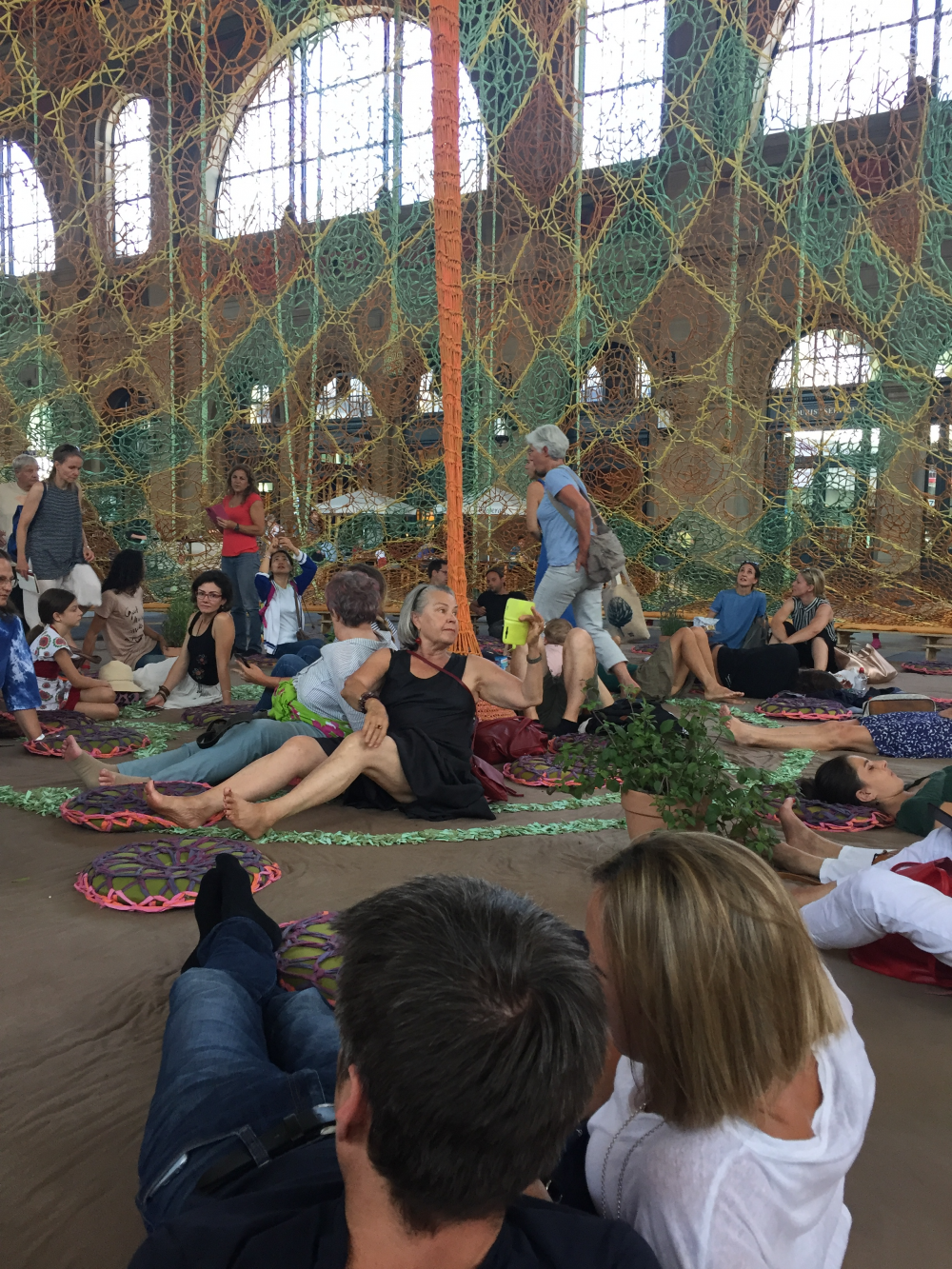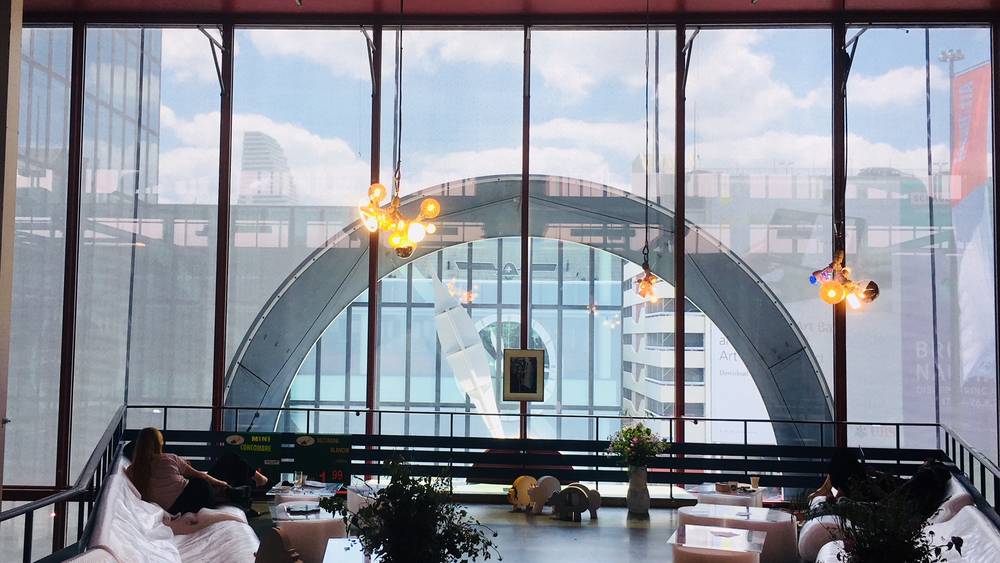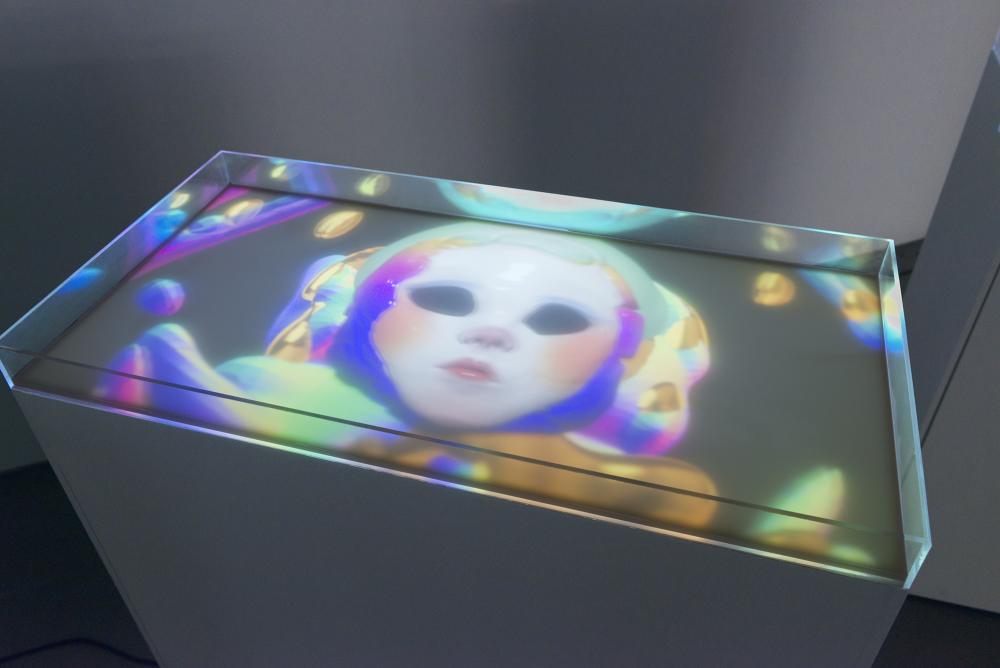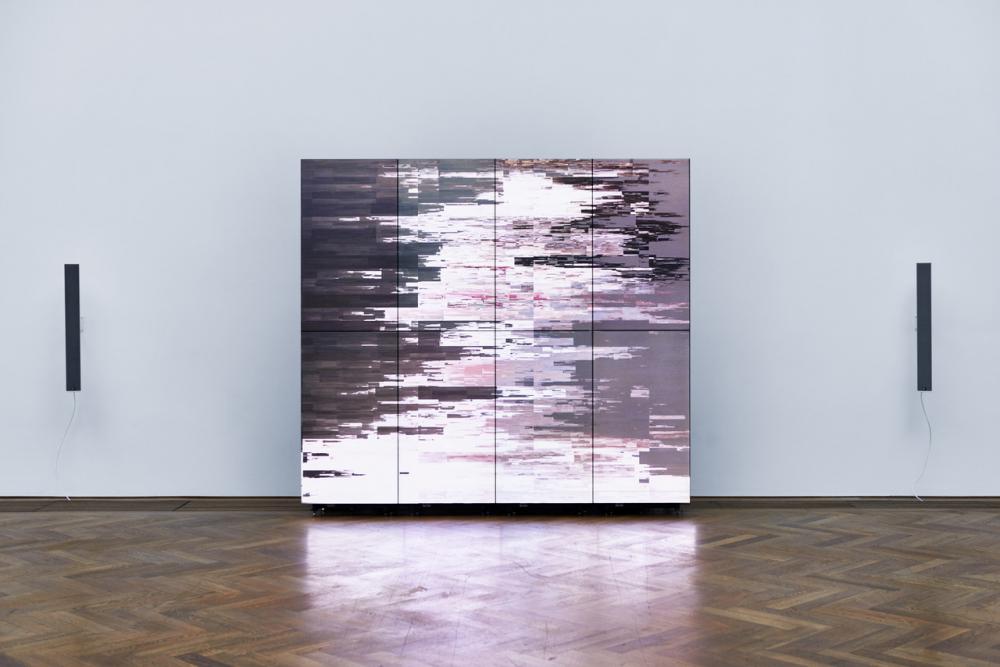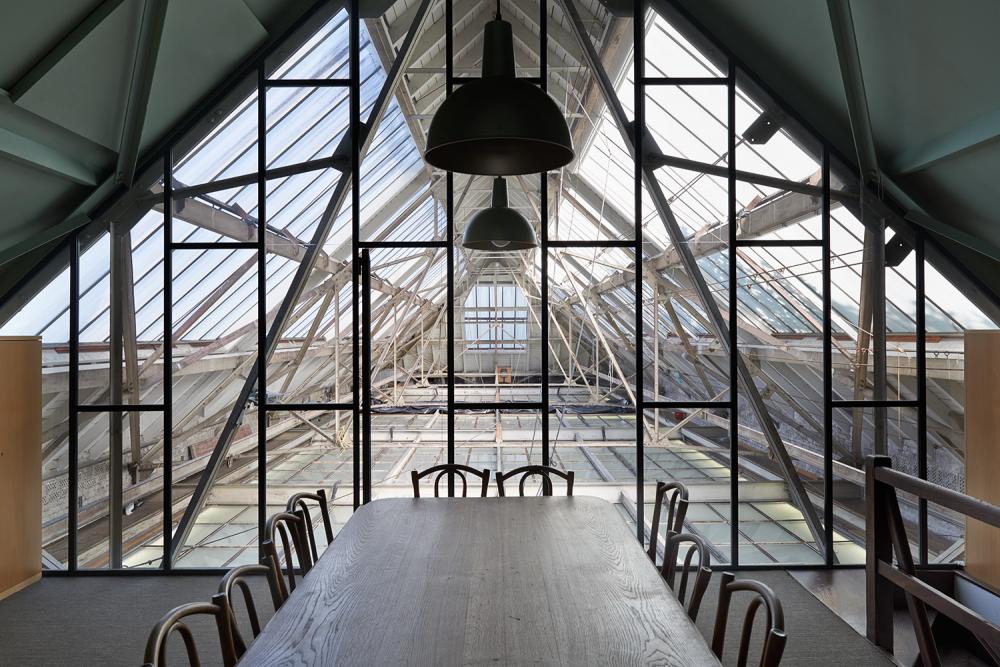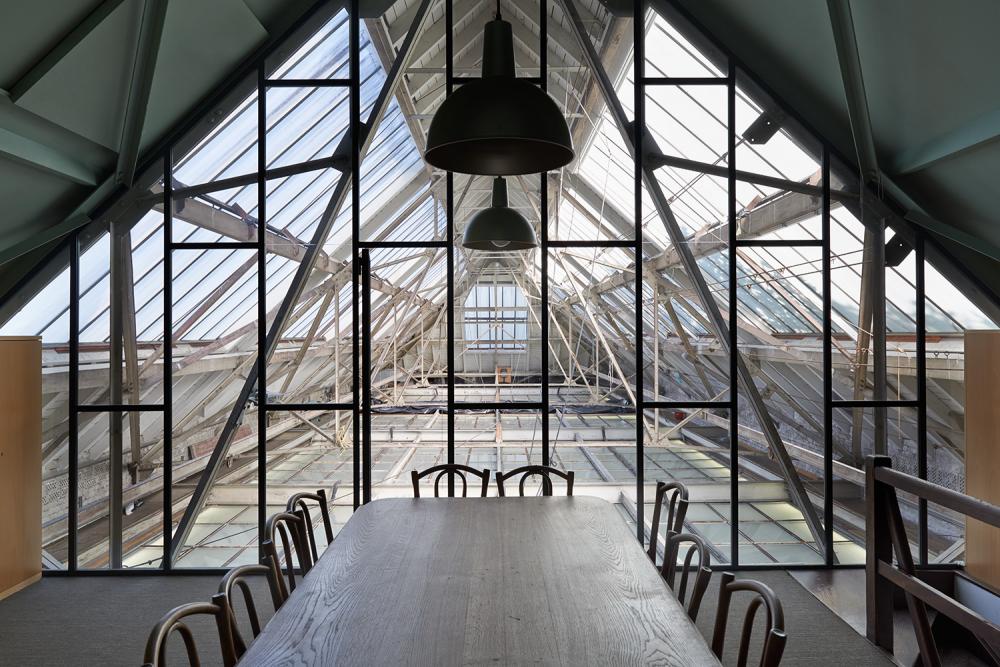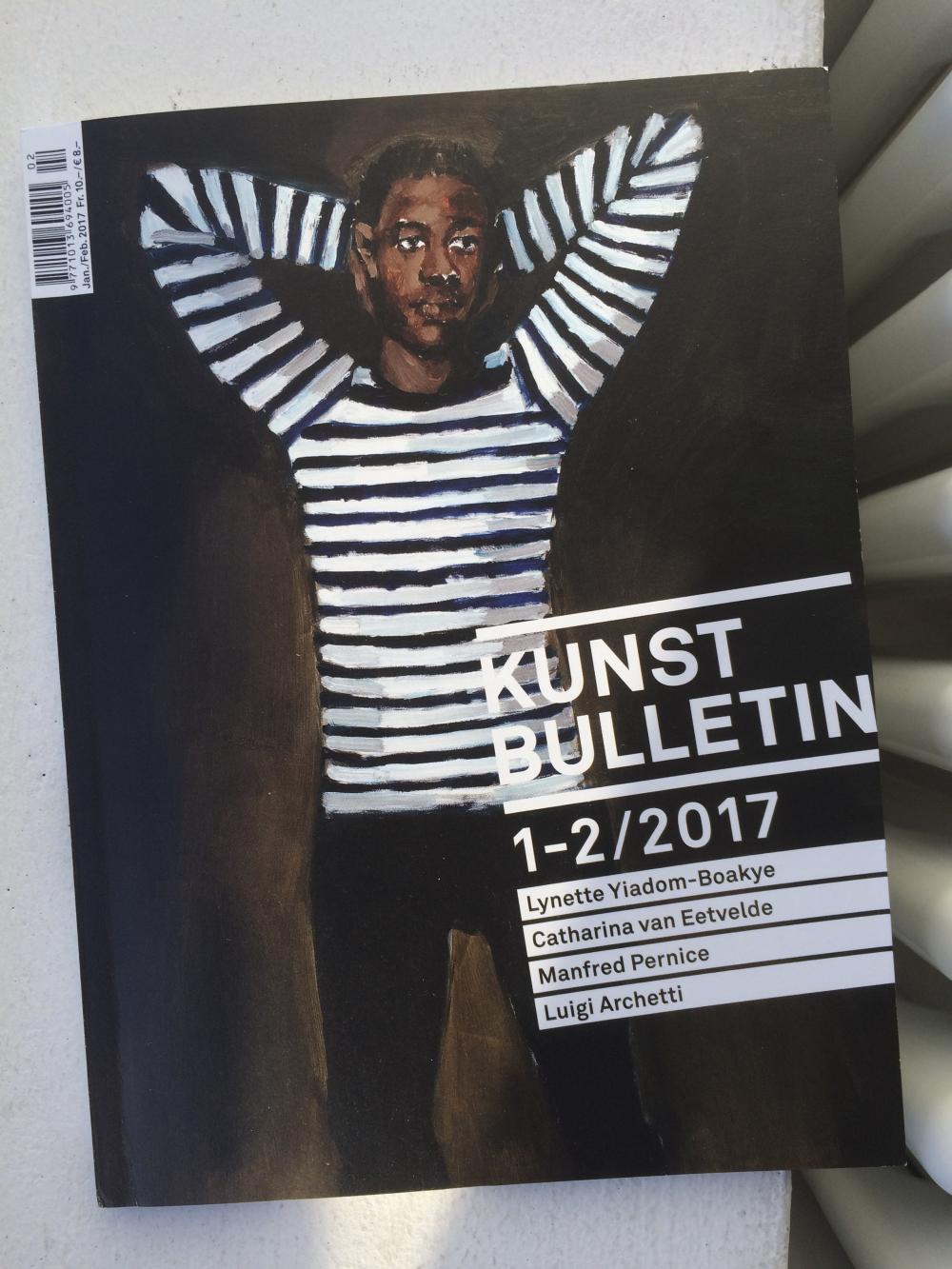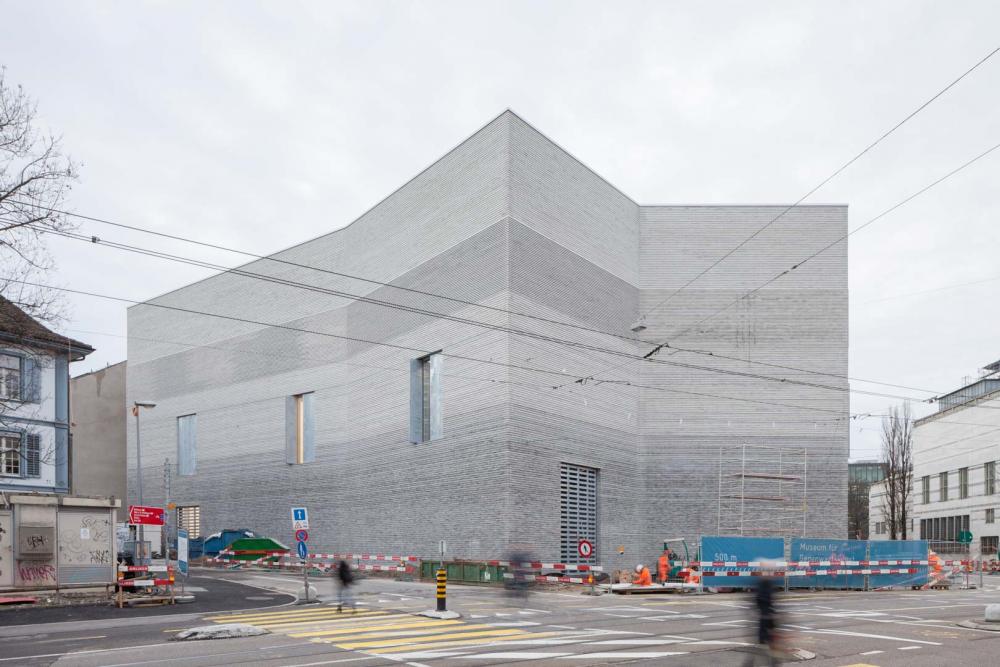Am 30. Januar 2017 publizierten wir auf Brand-New-Life eine
Besprechung zur Ausstellung von Lynette Yiadom-Boakye in der Kunsthalle Basel. Der Artikel stellt unter anderem die Frage, wieso in der die Ausstellung begleitenden Diskussion nicht darüber gesprochen wird, was es bedeutet, dass die Gemälde der britischen Künstlerin mit ghanaischen Wurzeln ausschliesslich dunkelhäutige Figuren abbilden. Als Antwort auf den Artikel hat Elena Filipovic, Kuratorin der Ausstellung und Direktorin der Kunsthalle Basel, ein Gespräch mit uns gesucht. Wir luden daraufhin Elena und einige weitere Personen, deren Meinung zum Thema uns interessierte, zu einem nicht-öffentlichen Gespräch ein. Die Terminsuche erwies sich aber als schwierig. So kam es, dass wir schliesslich zweimal in der Bibliothek der Kunsthalle sassen, in jeweils leicht abweichender Zusammensetzung. Trotz gleicher Ausgangsfrage verliefen die beiden Diskussionen in unterschiedliche Richtungen und setzten andere inhaltliche Akzente. Aber beide Diskussionen sind ein Versuch, über die Möglichkeiten nachzudenken, wie man in der Schweiz über Fragen von
Schwarzsein – in und mit der Kunst – sprechen kann. Und passagenweise haben wir ein solches Sprechen gleich vorgeführt.
